Statistics -> cluster sampling
Cluster Sampling
Cluster sampling is a sampling technique used in statistics where the population is divided into groups, or clusters, and a random sample of clusters is selected. Then, data is collected from all the elements within the selected clusters. This method is often used when it is impractical or too costly to study every member of the population.
Steps in Cluster Sampling:
- Divide the population into clusters: The first step is to divide the population into clusters, which are usually based on geographical or administrative boundaries.
- Randomly select clusters: A random sample of clusters is then chosen from the population. This can be done using simple random sampling techniques.
- Data collection: Data is then collected from all the elements within the selected clusters. This could involve surveying all individuals within the chosen clusters.
- Analysis: Once the data is collected, it can be analyzed to make inferences about the entire population.
Advantages of Cluster Sampling:
- It is cost-effective, as it reduces the need to travel to various locations to gather data.
- It is practical for large and widely dispersed populations.
- It allows for the use of existing administrative data or resources.
Disadvantages of Cluster Sampling:
- There may be a risk of cluster bias if the selected clusters are not representative of the entire population.
- It may lead to increased sampling error compared to other sampling methods.
- It can be more complex to analyze compared to other sampling methods.
Study Guide:
When studying cluster sampling, be sure to understand the steps involved in the process, the advantages and disadvantages of this sampling method, and how to minimize potential biases. Practice identifying clusters within a population and selecting random samples of clusters for study.
Additionally, familiarize yourself with real-world examples of cluster sampling and how it has been used in research and surveys to gain a deeper understanding of its application.
Remember to also review the calculations involved in determining sample sizes and estimating population parameters using cluster sampling techniques.
Understanding cluster sampling is essential for anyone working in the field of statistics or conducting research involving large and diverse populations.
.◂Math Worksheets and Study Guides Sixth Grade. Statistics
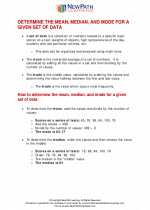
 Worksheet/Answer key
Worksheet/Answer key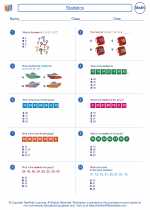
 Worksheet/Answer key
Worksheet/Answer key
 Worksheet/Answer key
Worksheet/Answer key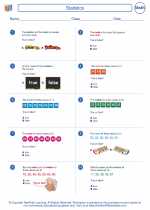
 Worksheet/Answer key
Worksheet/Answer key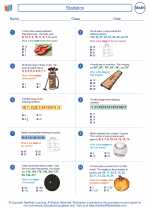
 Worksheet/Answer key
Worksheet/Answer key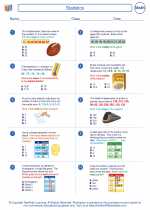
 Worksheet/Answer key
Worksheet/Answer key
